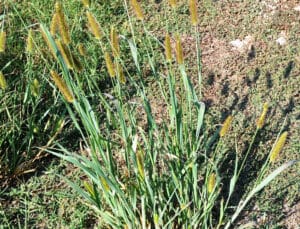Magnolia stellata ‘Royal Star’
Description
The Royal Star Magnolia is one of the most impressive and striking Magnolia trees. It comes to life in spring with huge, 4-inch double blossom flowers whose unique beauty is hard to put into words. Unlike any flower you’ve ever seen, these star-shaped beauties are such prolific bloomers they nearly cover the tree completely. And when they do, it’s hard to look away! Given the name “Royal” for a reason, there’s something undeniably elegant about this tree.
The familiar Magnolia fragrance is strong and irresistible too. And with plenty of other benefits, it’s truly a must-have tree:
Late Blooming: Freeze is a concern for most Magnolia growers, but thankfully the Royal Star blooms after the threat of freeze has passed. Adaptable as a shrub: Some Magnolias are huge, but as they grow only to 10-20 feet, you can easily train the Royal Star to be a large shrub.
Low-maintenance: Thankfully, you don’t have to do a lot of work to cultivate these elegant blooms in your garden.
Imagine all the ways you can add the pristine splendor of the Royal Star to your yard: Plant several in a row and line your driveway to create a jaw-dropping, royal entrance, or start the cottage garden you’ve always dreamed of. This beautiful specimen tree is surrounded by bright colored, small flowers for an absolutely stunning look. However you choose to plant it, the Royal Star will wow.
Planting
Plant your Royal Star Magnolia in a spot that receives full sun or partial shade. Plant as a living hedge, a specimen, or line your drive or entryway. Plant in a hole twice as wide but just as deep as the root ball. Cover the ground with a thick layer of mulch to prevent weed growth and retain moisture. Water deeply after planting.
Watering
Water deeply 2-3 times each week for the first 3 months. Afterwards, maintain a consistent watering schedule when there is a drought (less than 1-2 inches of water each week). Magnolias do not like overly damp or overly dry conditions.
Fertilizing
If desired, add a slow-release fertilizer at the beginning of the growing season.
Pruning
There is no need to prune, but you can trim as a hedge or to reduce growth and maintain as a shrub.
| Growing Information | |
| Mature Height: | 10-20 ft |
| Mature Width: | 8-15 ft |
| Sunlight: | Full to Partial Sun |
| Bloom Time: | |
| Growth Rate: | Slow |
| Grows Well in Zones: | 4-9 |
| Your Growing Zone: | 6 |





